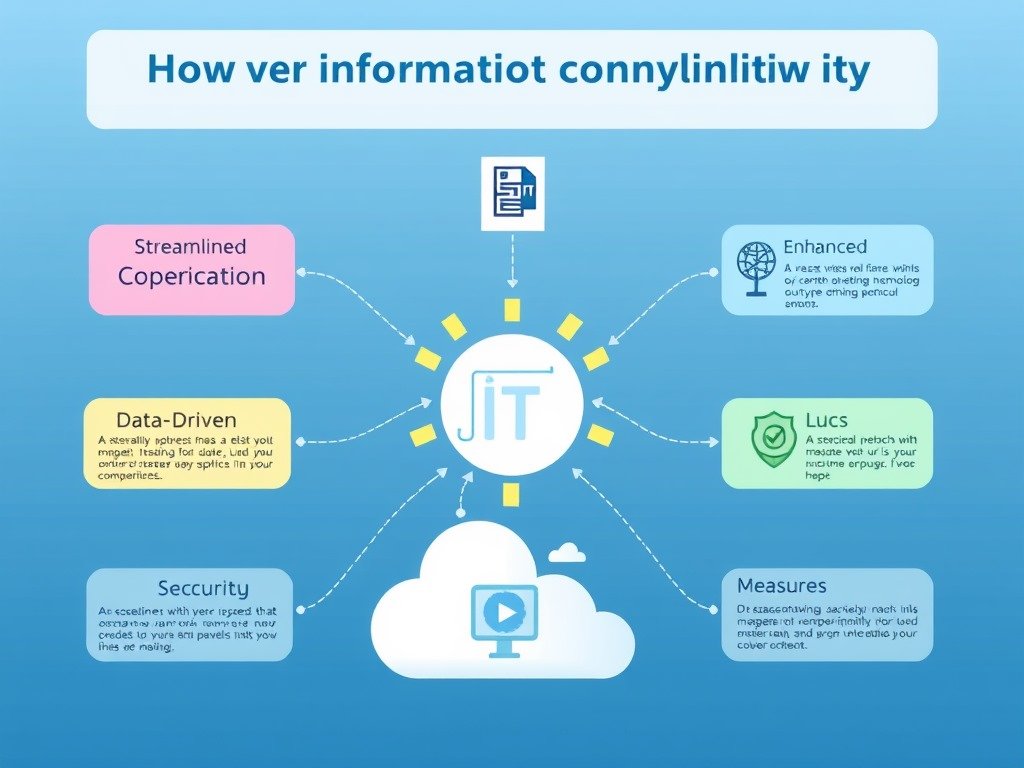Information Technology (IT) is the foundation of contemporary business, changing how companies operate, communicate, and create value. At its essence, IT is the use of computers, networks, software, and databases to organize and process information. Let’s consider the essence of information technology, the means by which companies use its various elements to prosper in today’s digital time, and its positive or negative impact.

What is Information Technology(IT)?
IT means using technology to create, store, share/use data and information. IT includes many different areas of study, such as: Software development: it means designing applications that fix problems or improve processes. Networking: it means linking computers and devices to share information and communicate. Cybersecurity: it refers to securing, computers, networks, and data from attack by hackers or malware. Data management: it means storing, organizing, and using data to make better decisions.
How Companies Utilize IT
all companies in every sector use IT to improve efficiency and increase profitability. The following is a list of categories where IT is important and its respective pros and cons:
1. Streamlined Operations: Software applications and automation tools enable businesses to streamline operations which leads to a reduction of manual work. For example, enterprise resource planning (ERP) systems combine functions such as finance, supply chain management and human resources into one system. Automation could create job elimination concerns that could impact stability in the workforce.
2. Enhanced Communication: Technology improves communication in several ways including email, applications, and video conferencing to enable nearly instantaneous connection. These connection options make it possible for teams, even from different countries, to collaborate and communicate effectively. Constant connectivity, however, could lead to burnout and impact work-life balance.
3. Data-Driven Decision Making: Organizations are using analytics tools to take action with expanding amounts of data. For instance, organizations are recognizing trends and behaviors of customers that inform their strategic actions to improve the customer experience. This improved experience creates customer satisfaction and renews trust in the bards. If organizational action regarding data is misused or not thoughtful, data breaches could damage reputation.
4.Cybersecurity Solutions: As cyber-attacks become more advanced, companies are implementing stronger cybersecurity systems to protect sensitive information. While there are multiple options to encrypt and protect sensitive data, firewalls and multi-factor authentication, are a few of the options to protect against breaches and protect data. Regardless of the product, no product is 100% effective, and a breach can still risk loss and penalties.
5. Cloud Computing: Companies can more flexibly and scalable store and access data remotely with cloud-based technologies. The change to the cloud, reduces the investment in physical on-prem premises and allows for means to quickly address rapid shifting demands. However, concerns have started to arise regarding reliance on a 3rd party to provide cloud services, data sovereignty while being in a cloud service, and down time with cloud services.

The Future of IT
Organizations that leverage these technologies will likely keep pushing the envelope to find new ways to innovate and develop new technologies. Companies will also need to contend with the pressures of ethical implications of their technologies and weighing the new inequality in access to technology as they are distributed for different regions.

Conclusions
In conclusion, information technology is no longer a functional need, but is now a strategic driver of success. Organizations can position themselves for a bright future by utilizing information technology to work smarter, collaborate and use data to make informed decisions that will support business success. Change is perhaps the only constant in our world. Information technology will continue to be a high-value partner in the success of organizations, let us keep in mind the double-edged nature of technology as we think critically and in good faith about our values.
